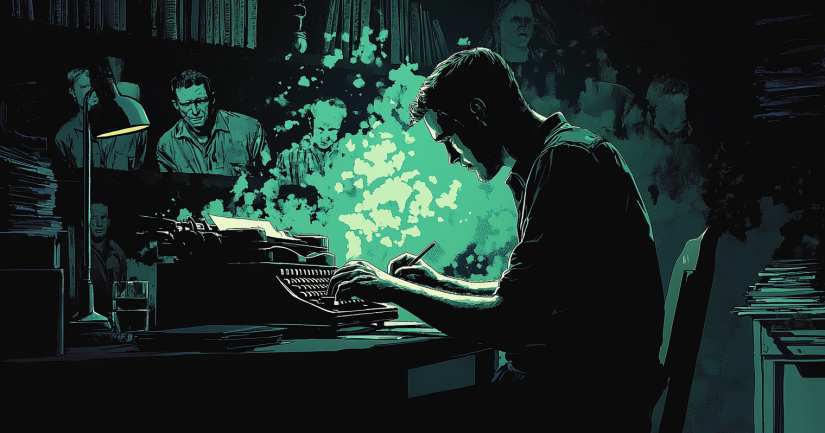
Examine the poignant moments of Chapter 16 in The Things They Carried Quiz and immerse yourself in its vivid storytelling. This novel, crafted by Tim O’Brien, unravels the raw truths of war and the burdens soldiers bear. In Chapter 16, we delve deeper into the emotional and psychological layers that define these characters. The quiz will challenge your understanding of the themes and events that make this chapter so compelling.
As you engage with the questions, you’ll explore the intricate dynamics of fear, courage, and memory. Each question is designed to enhance your comprehension and appreciation of O’Brien’s masterful storytelling. You’ll gain insights into the characters’ struggles and triumphs, which are both deeply personal and universal.
Almost there! Explore what happens next in The Things They Carried Chapter 17 Quiz, reflect on The Things They Carried Chapter 15 Quiz, or test your complete understanding with The Things They Carried Full Book Quiz.
This is more than just a test of knowledge; it’s an invitation to reflect on the human condition. The quiz encourages you to think critically about the narrative and its wider implications. So, get ready to immerse yourself in a tale of profound depth and discover what it truly means to carry the weight of one’s experiences. The Things They Carried Quizzes: Explore Tim O’Brien’s Vietnam War stories …
What Happened – The Things They Carried Chapter 16 Quiz
In Chapter 16 of The Things They Carried, Tim O’Brien describes a trip he takes with his daughter, Kathleen, to Vietnam. They travel to see the places where he fought during the Vietnam War. O’Brien wants to show his daughter the land and share his past with her. They visit the site of a battle where one of O’Brien’s friends died. O’Brien carries a small package with him. It contains Kiowa’s moccasins. Kiowa was a fellow soldier who died in the war.
O’Brien and Kathleen reach the field where Kiowa died. The field is muddy and wet. O’Brien steps into the field and wades through the water. He finds a spot and places the moccasins there. He stands in the water for a while, thinking about the past. Kathleen watches him from the shore. She does not fully understand why they are there.
O’Brien returns to the shore. He and Kathleen leave the field. They continue their trip through Vietnam. O’Brien reflects on his experiences during the war. He thinks about the people he served with and the memories he carries. The chapter ends with O’Brien and Kathleen moving on from the field. They continue their journey through the country.
The Things They Carried Chapter 16 – Quotes
- “By telling stories, you objectify your own experience. You separate it from yourself.” – Tim O’Brien, ‘Reflecting on the power of storytelling as a coping mechanism for dealing with trauma.’
“We kept the dead alive with stories.” – Tim O’Brien, ‘Discussing how retelling stories of fallen soldiers keeps their memories alive.’
“In a true war story, if there’s a moral at all, it’s like the thread that makes the cloth.” – Tim O’Brien, ‘Exploring the complexity and elusive nature of truth in war stories.’
“It’s time to be blunt.” – Tim O’Brien, ‘Preparing to confront the harsh realities of war and their consequences.’
“War is hell, but that’s not the half of it.” – Tim O’Brien, ‘Conveying the multifaceted and deeply personal impact of war on soldiers.’
“He was a slim, dead, almost dainty young man of about twenty.” – Tim O’Brien, ‘Describing the enemy soldier he killed, highlighting the dehumanizing nature of war.’
“The truth of a story isn’t measured by its factual accuracy but by its emotional resonance.” – Tim O’Brien, ‘Emphasizing the importance of emotional truth over factual accuracy in storytelling.’
